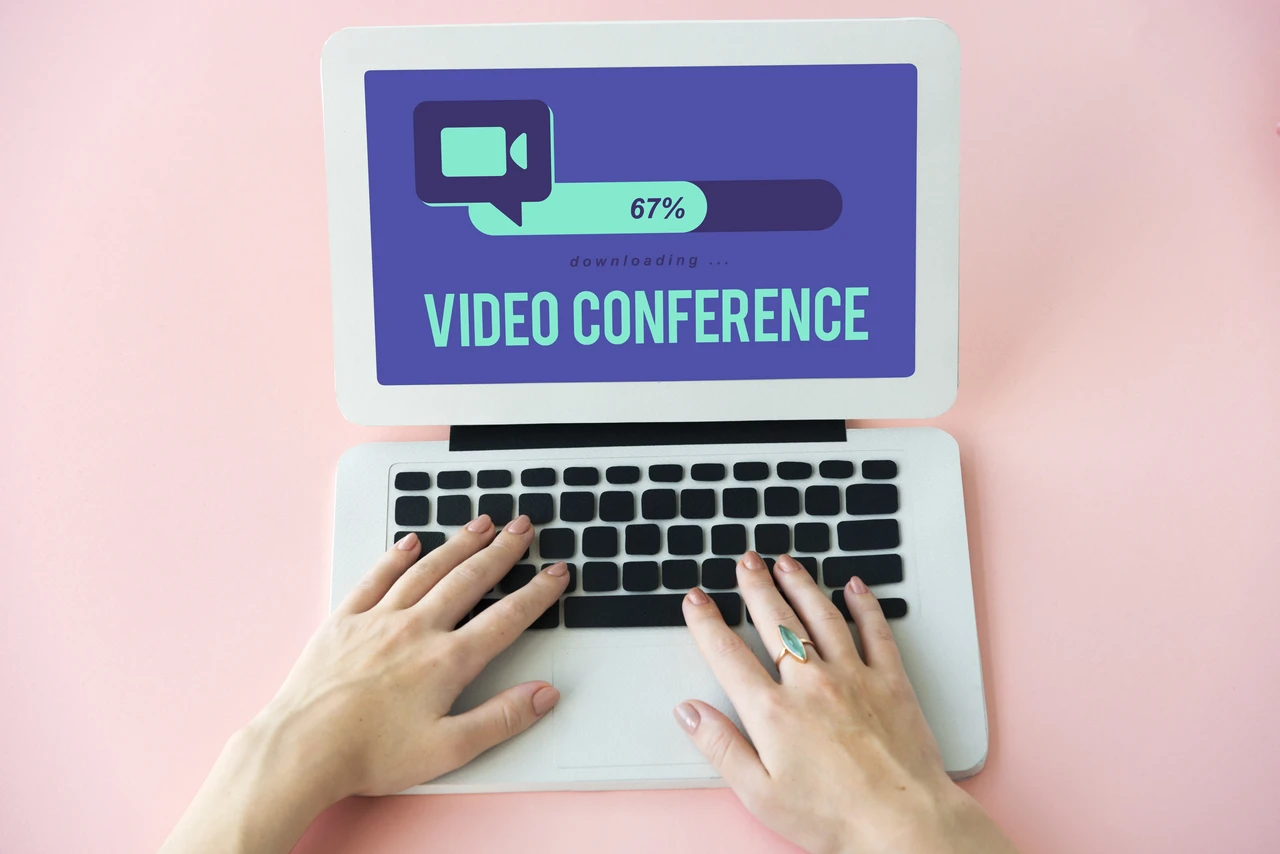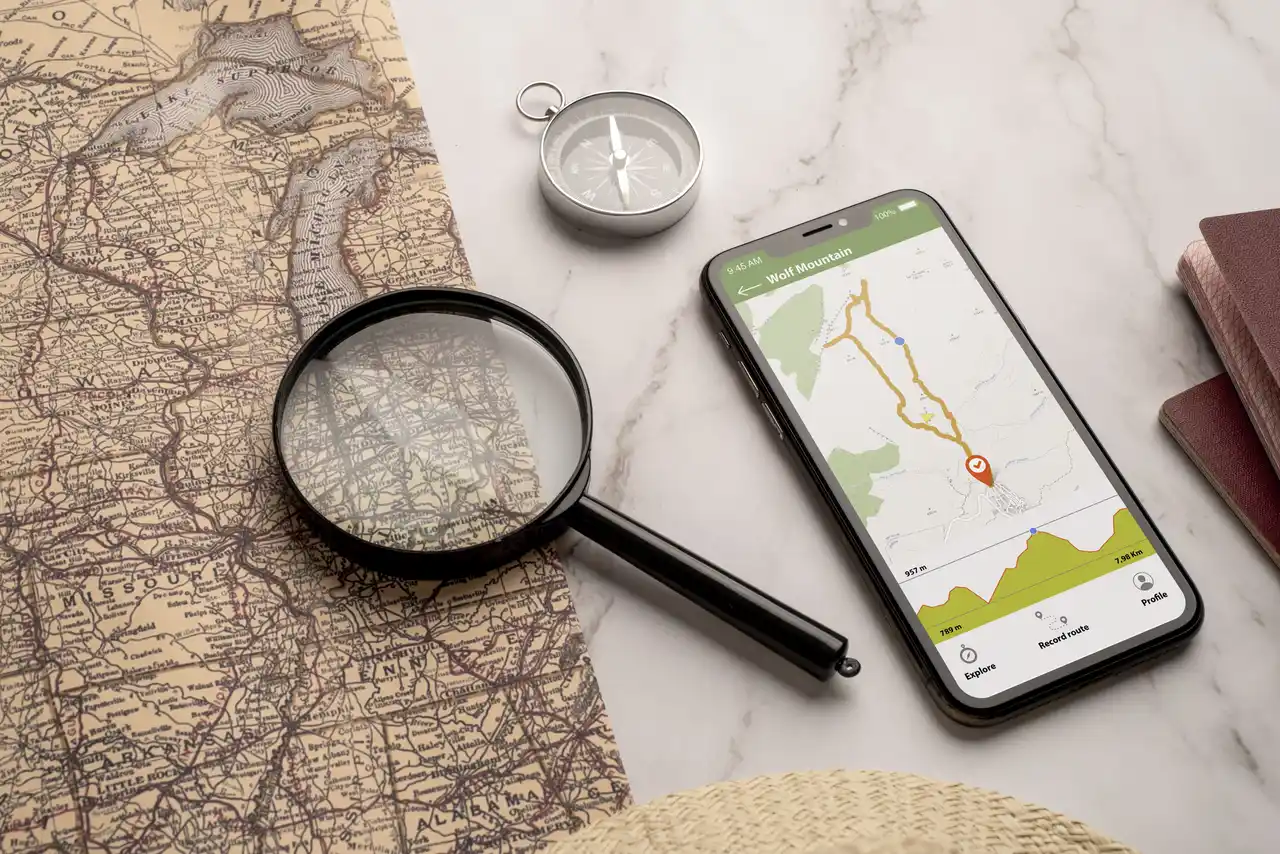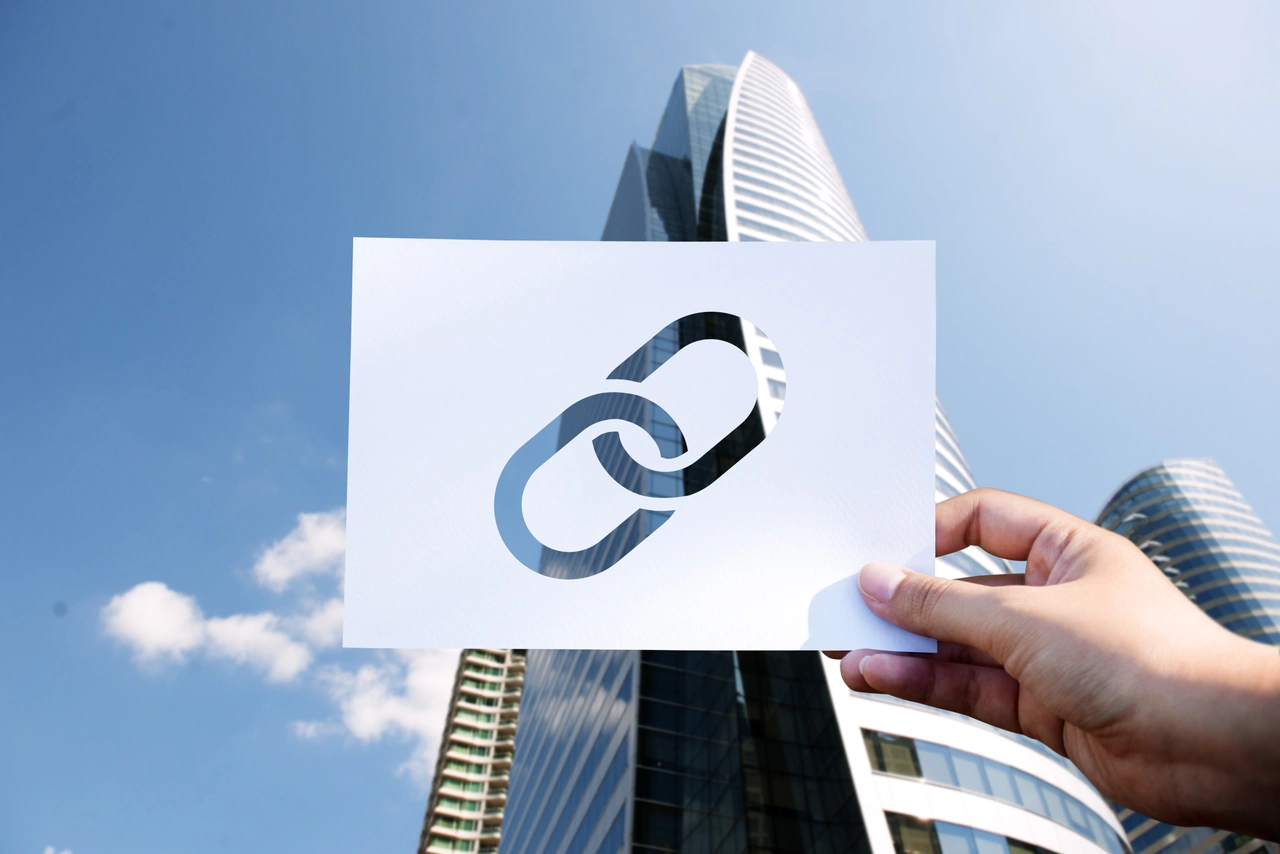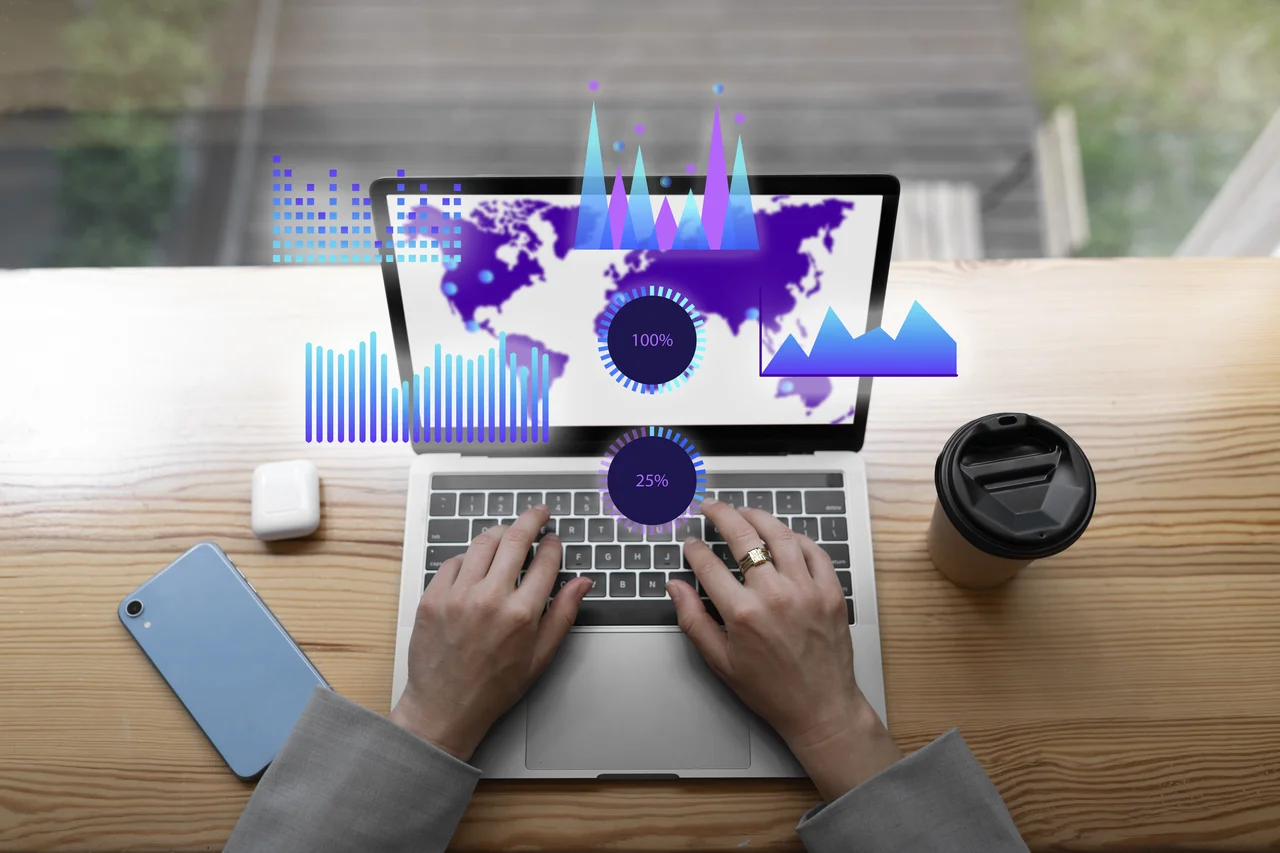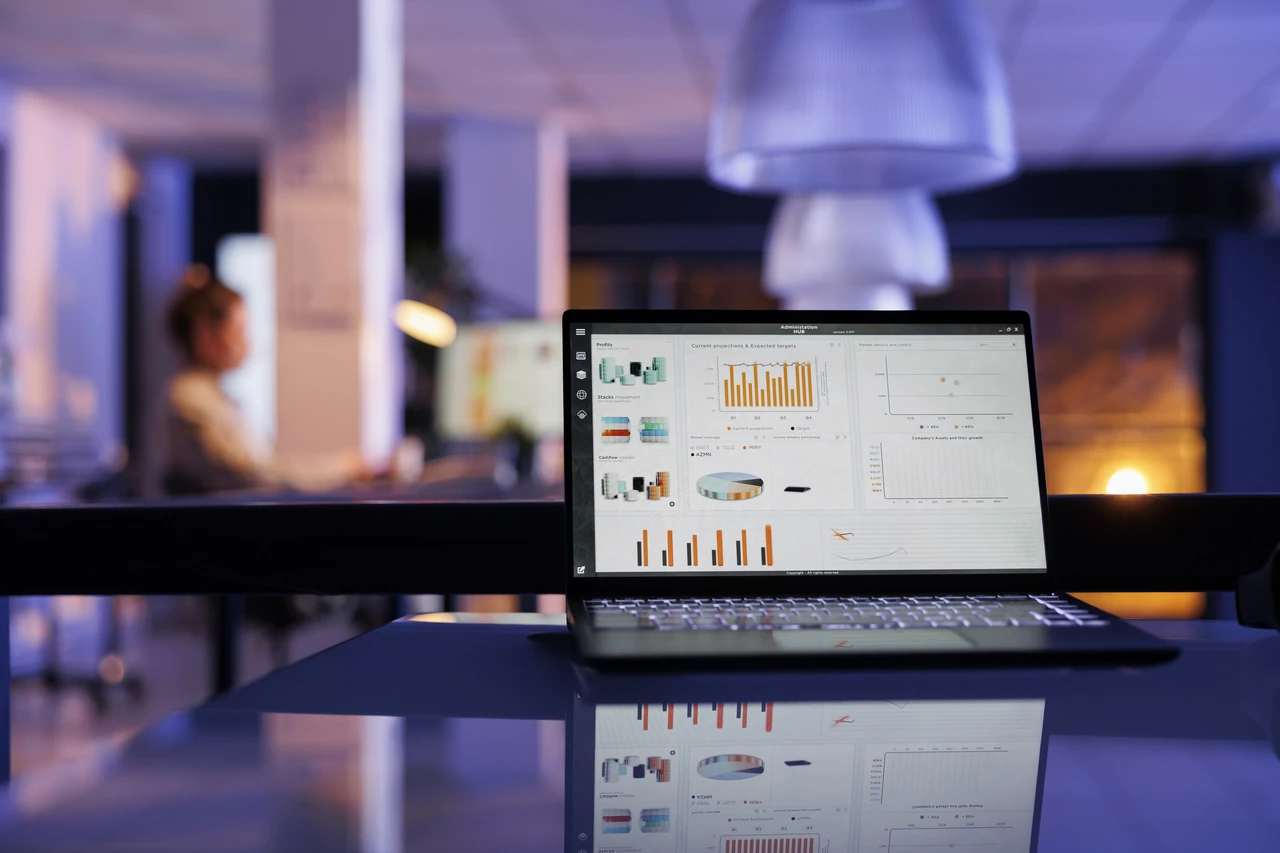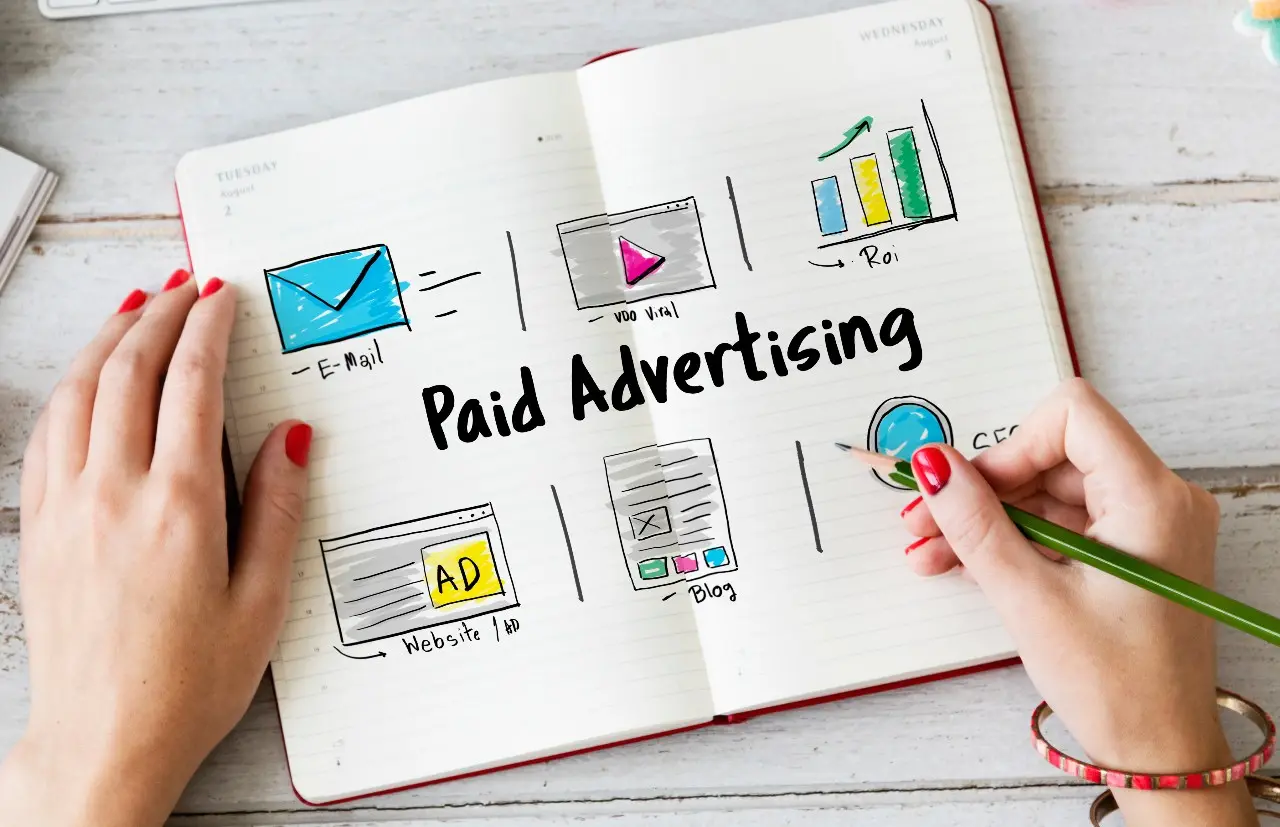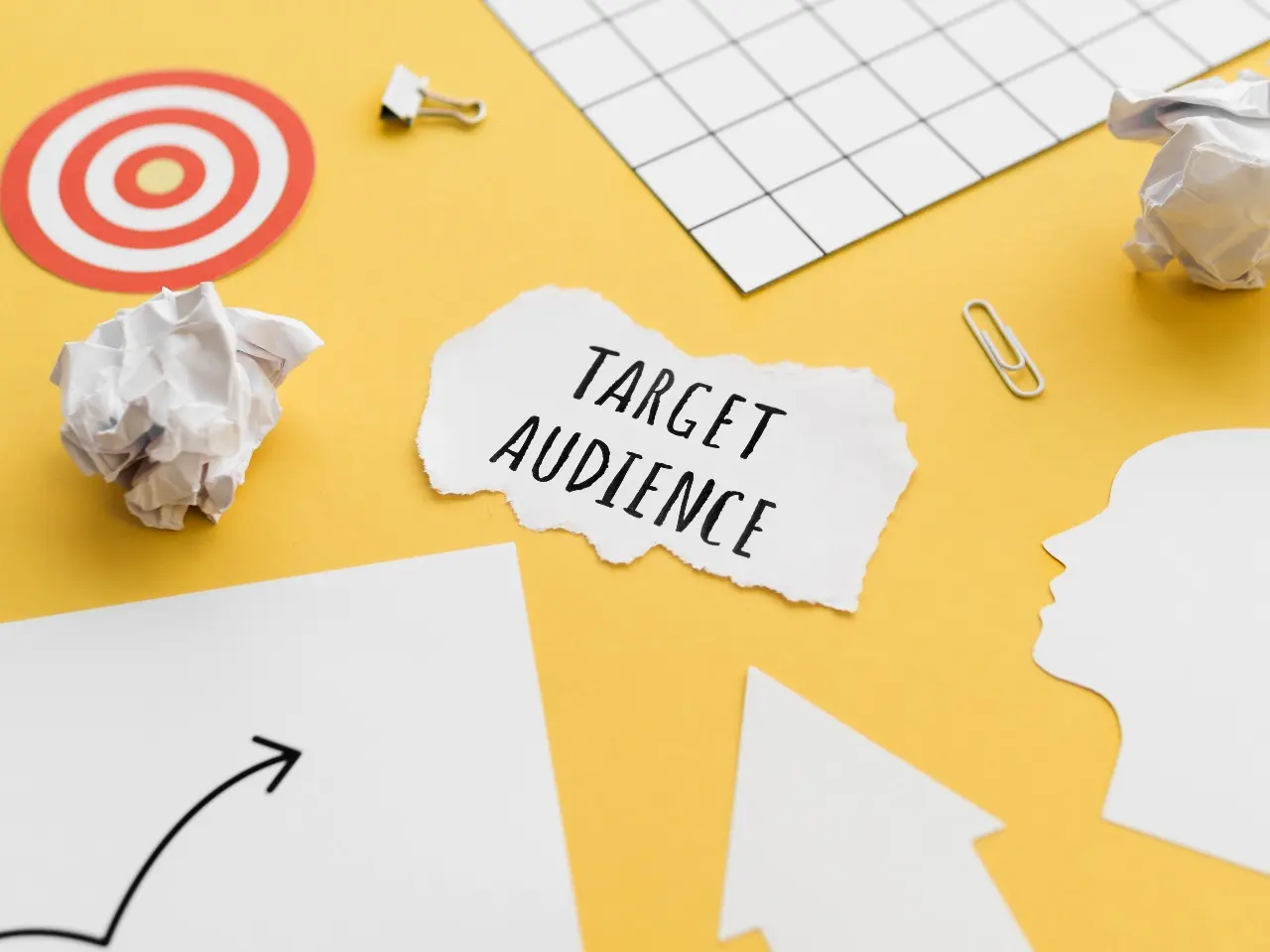Listen to article
In the ever-evolving digital marketing landscape, marketers face the challenge of maximizing their ad spend for optimal returns. Understanding consumer behavior and ad performance is paramount to achieving success. But with numerous advertising channels available, how can marketers make informed decisions about where to allocate their budgets to improve consumer “click-through rate?”
Delving into recent click-through rate statistics offers insight into current trends, consumer perceptions, and the effectiveness of various advertising strategies. From search engine results pages (SERPs) to social media platforms, click-through rates vary significantly, influenced by factors such as ad placement, relevance, and user intent.
In this article, we’ll unpack essential click-through rate statistics to help you understand today’s advertising landscape.
Unpacking Advertising Channel Performance and Strategic Budget Allocation
In an increasingly competitive digital advertising landscape, knowing which channels deliver the best results for your spend is no longer optional—it’s essential. The success of any campaign hinges on striking the perfect balance between reach, cost, and performance. With search advertising dominating revenue generation and social media continuing to gain traction, the available data offers critical insights for informed decision-making. But how do these channels stack up when it comes to cost-effectiveness and driving ROI? Let’s explore the numbers behind these trends.
- Search advertising remains the top revenue driver in the global digital ad space, with social media advertising following closely, collectively generating $153 billion in revenue in 2021. Source
- Display advertising took the lead in ad spending in 2021, accounting for $244 billion in global expenditure. Source
- On average, Facebook ads cost $1.86 per click, while Google Ads average $2.69 per click for search. Source
- Google Ads offer lower CPCs for display advertising, with an average of just $0.63 per click compared to $2.69 per click for search campaigns. Source
- PPC ads placed on the Google Display Network tap into immense reach potential, engaging up to 90% of internet users. Source
- Facebook ads see an average click-through rate (CTR) of 0.90% across all industries. Source
Key Takeaway: Craft a Channel-Specific Strategy for Maximum Impact
These data points underscore the importance of tailoring your advertising strategy to align with the strengths and costs of each platform. Search advertising continues to lead in revenue generation, making it ideal for intent-driven campaigns. However, display ads offer unparalleled reach at a fraction of the cost, suggesting their suitability for building brand awareness. Meanwhile, social media’s ability to generate results at relatively lower CPCs can be powerful for audience engagement and re-targeting efforts.
Pro Tip:
Don’t settle for static strategies. Use campaign-based performance data to assess which channels yield the highest returns for your specific audience, and shift budgets accordingly. Additionally, leveraging A/B testing tools and automation software can help refine ad creative and targeting, ensuring your marketing dollars are always working their hardest. For businesses looking to streamline their approach, considering full-service marketing solutions can offer a comprehensive way to manage and optimize campaigns across all channels effectively.
How Consumers Interpret Paid Ads in Search Results
Gaining consumer trust and attention in the crowded digital advertising space hinges on understanding how individuals perceive and interact with paid content. While many users appreciate the convenience of paid ads in helping them find relevant solutions, there is a striking gap in awareness when it comes to recognizing these ads. This duality suggests both an opportunity and a challenge for advertisers to craft campaigns that strike a balance between transparency and relevance.
Takeaway: Bridging the Gap Between Value and Clarity
These numbers underline the importance of balancing helpfulness with transparency in your paid ad campaigns. While consumers clearly value the relevance paid ads can offer, the inability to distinguish them from organic results can erode trust over time. To stand out without confusing your audience, focus on designing ads that deliver clear value while maintaining ethical transparency. Use ad copy and visuals to set realistic expectations while blending naturally into the search experience.
Pro Tip:
Experiment with formats like ad extensions to make your ads more informative by including additional links, location details, or pricing, but ensure the “Sponsored” or “Ad” label is always visible. This not only enhances user trust but also improves click-through rates for the right audience.
Incorporating digital marketing strategies for small businesses that emphasize transparency and relevance can also help businesses navigate the challenges of paid ads. By aligning your overall marketing approach with ethical practices and consumer needs, you can create campaigns that resonate with your target audience while driving measurable results.
Conclusion
As businesses navigate the ever-evolving landscape of digital advertising, understanding click-through rate statistics and consumer behavior is more critical than ever. Search and social media advertising continue to lead in revenue generation, while display ads offer unparalleled visibility at competitive costs. These insights underscore the importance of allocating budgets strategically and optimizing campaigns for maximum ROI. Yet, it’s not just about numbers; it’s about creating meaningful connections. Ads that seamlessly integrate into user experiences while delivering value can bridge the gap between visibility and engagement.
The statistics also reveal a dual challenge: while many users recognize the utility of paid ads, a significant portion struggles to differentiate them from organic results. This highlights the need for greater transparency and creativity in ad design. By leveraging A/B testing and real-time performance data, marketers can not only improve click-through rates but also build trust with their audience.
Ready to boost your traffic and grow your website? Your customers are looking for you, and our SEO services can help you be found across search engines. Let’s turn data-driven insights into digital success!
About Creating Click-Through Rate Statistics: Key Trends for Marketers 2025
This guide was written by the Scopic Studios team and reviewed by Araksya Hakobjanyan, SEO Lead at Scopic Studios.
Scopic Studios delivers exceptional and engaging content rooted in our expertise across marketing and creative services. Our team of talented writers and digital experts excel in transforming intricate concepts into captivating narratives tailored for diverse industries. We’re passionate about crafting content that not only resonates but also drives value across all digital platforms.
Note: This blog’s images are sourced from Freepik.
















